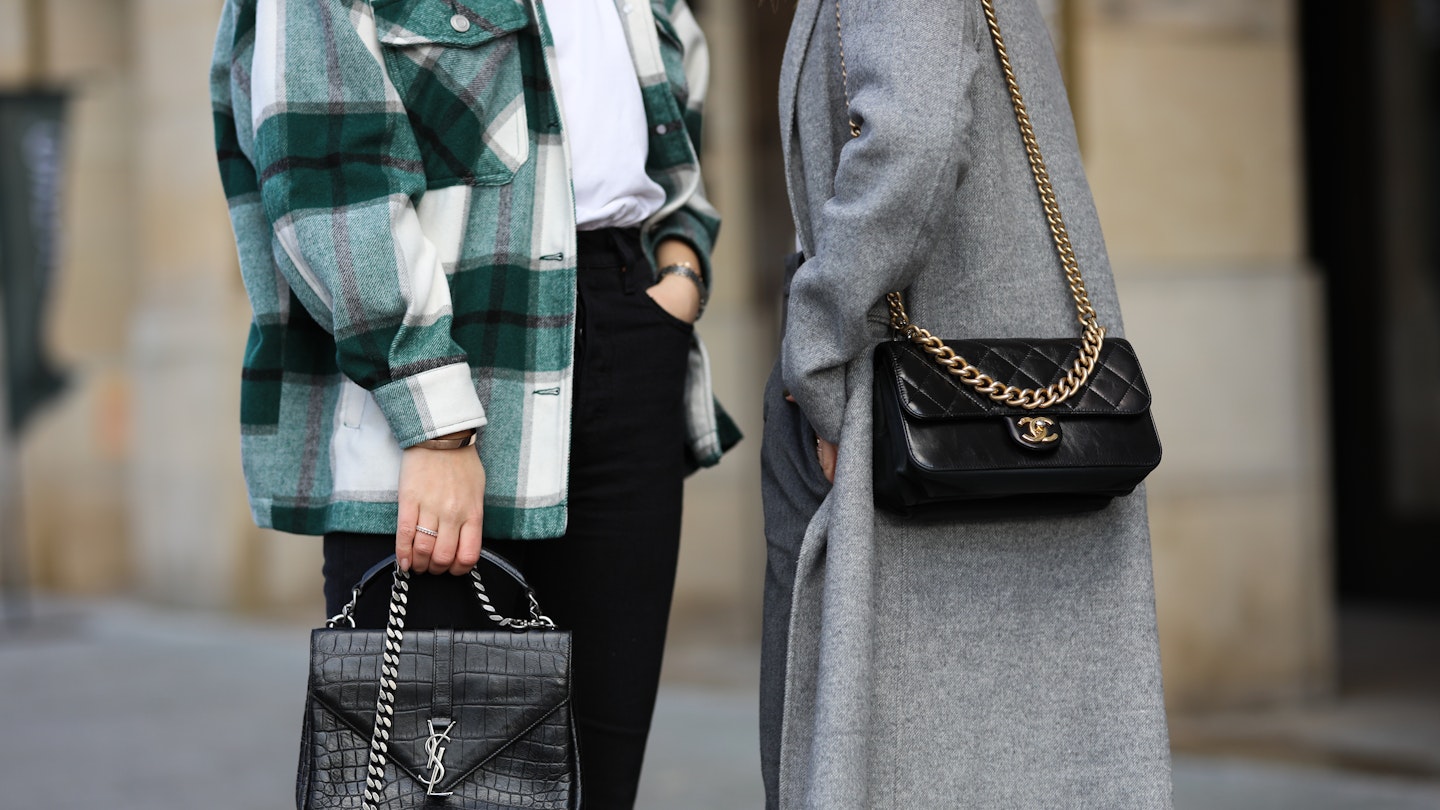The concept of an ‘investment’ item often seems farcical - will that beautiful, but statement cardigan really retain its value after its gone bobbly in the wash? And, it may make sense to increase your wardrobe’s portfolio with those stilettos but will they continue to deliver dividends once their heel is worn down and the British weather has had its way? That said, there is one item for purchase that not only retains its value but, like the property market before 2008 or the art industry, increases.
The resale market for handbags, albeit only luxury ones, has hit fever pitch. The Financial Times reported that these investment-grade accessories increased in value by 8 per cent year-on-year between 2004 and 2016. Unfortunately, this doesn’t apply to your Topshop tote, but bags with restricted supply, like the Chanel 2.55 Flap Bag or limited edition Louis Vuitton art collaborations. For instance, in a medium-size, this Chanel handbag rose in value by 230 per cent between 2004 and 2016. The accessories themselves don’t need to be ‘classics’, or even extremely beautiful (though they are often both), they just require a lack of availability and an inaccessible price tag. Part of the hidden economy of this industry comes from the designers themselves who fluctuate their handbag's price in line with inflation and whim. In accordance, the bag's value may increase purely on the basis you purchased it at a lesser rate than it is for sale now.
It was reported, by Racked, that designer bags in box fresh condition can retain 63% of their retail value, however, it’s the rare and limited edition numbers that increase. For instance, Hermes, the proprietors of the Kelly and Birkin silhouettes that always have long waiting lists, ‘are remarkably consistent in retaining value, even during a down market’, said Tradesy CEO Tracy DiNunzio. Similarly, Goyard can increase in value by 1.3 per cent while brands like Louis Vuitton may fluctuate in value depending more on trends and celebrity ambassadors.
SHOP: Grazia's Edit Of Investment Handbags
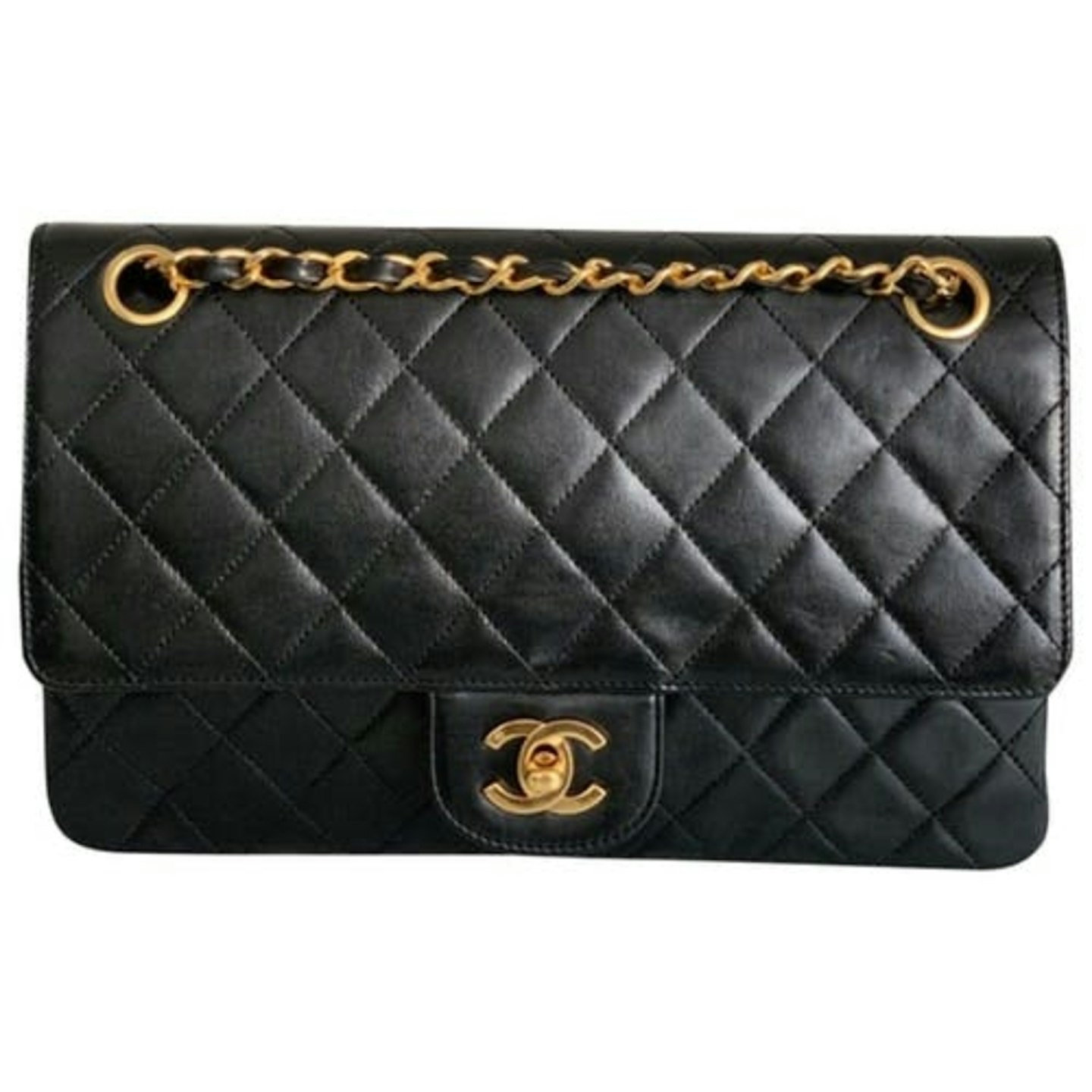
us.vestiairecollective.com
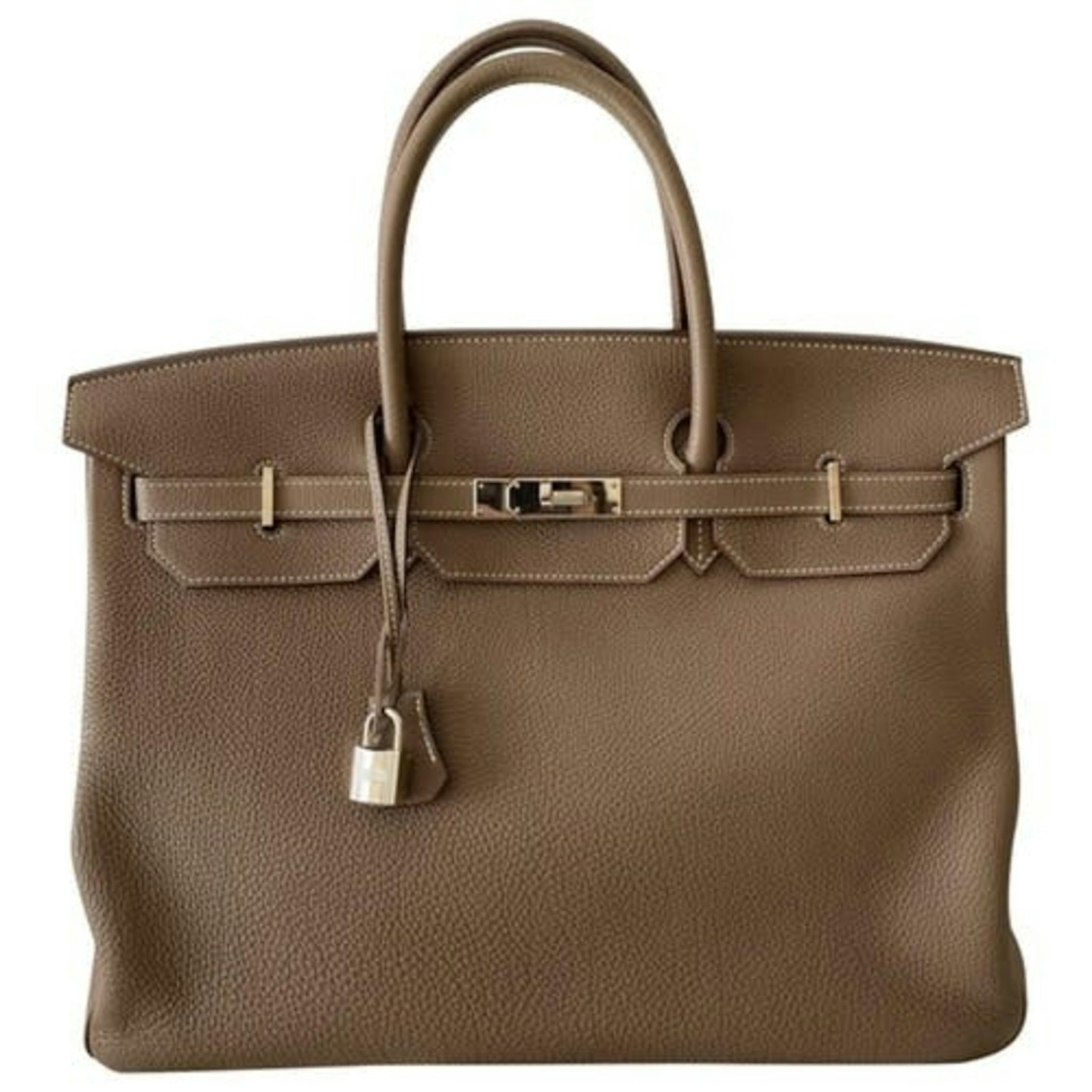
us.vestiairecollective.com
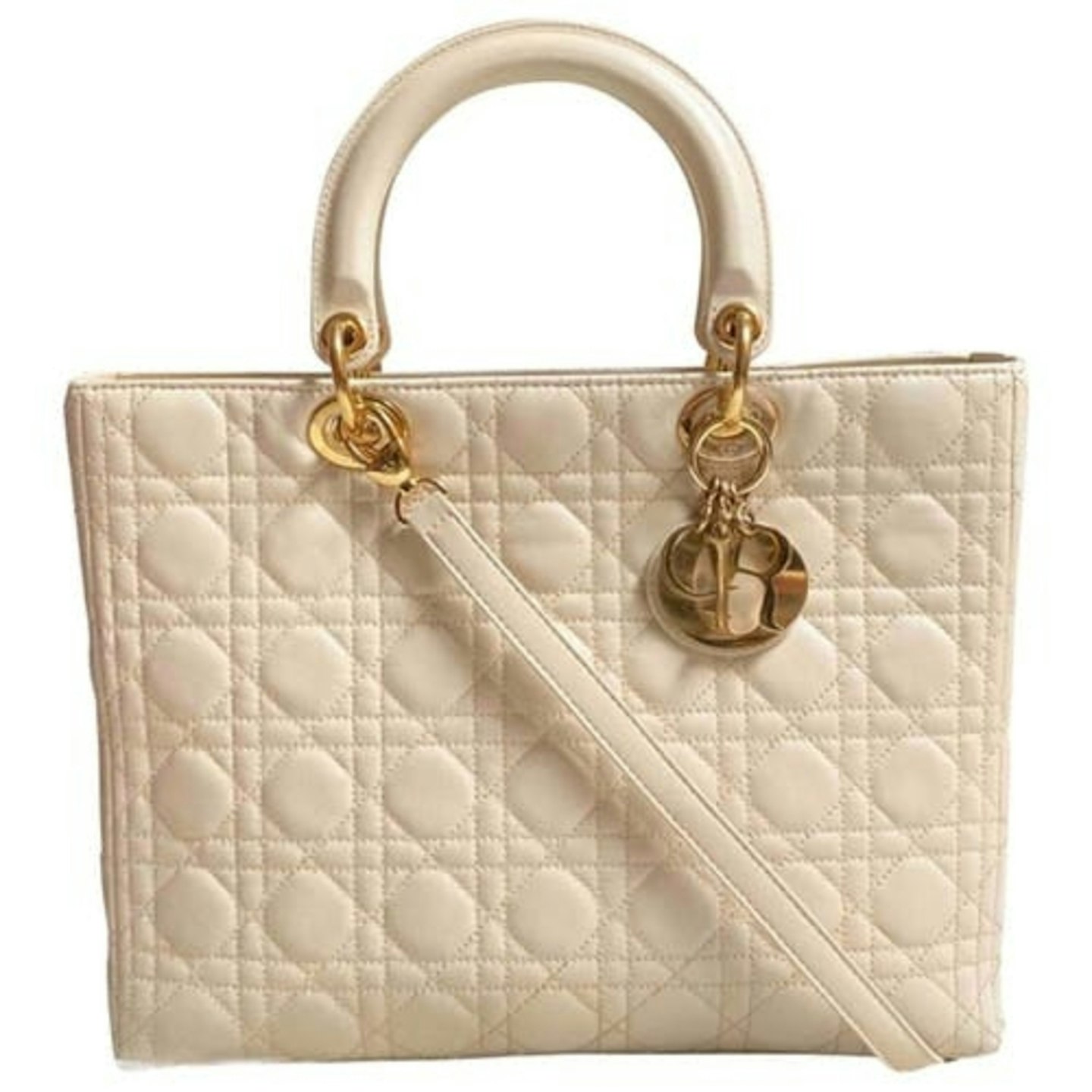
us.vestiairecollective.com
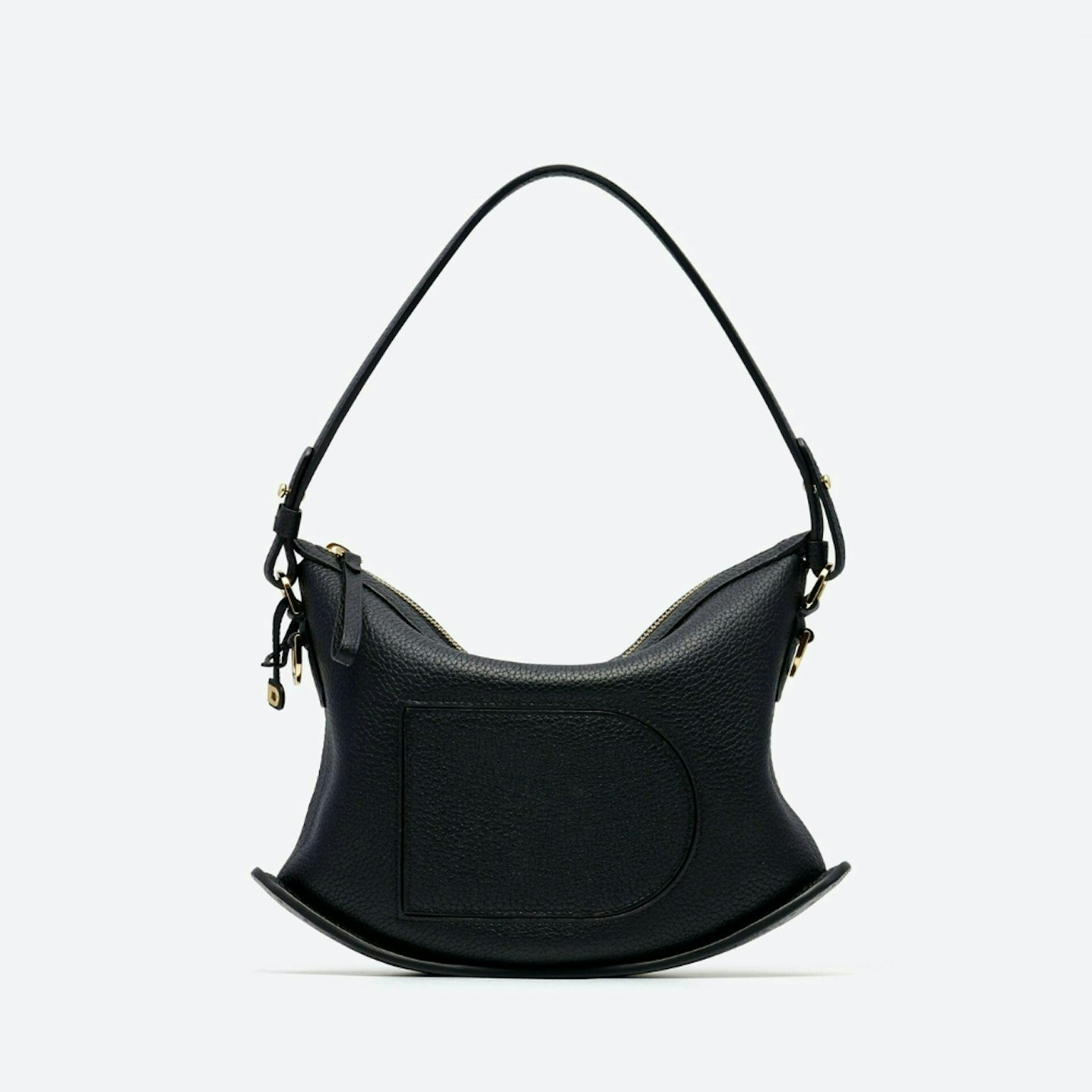
uk.delvaux.com
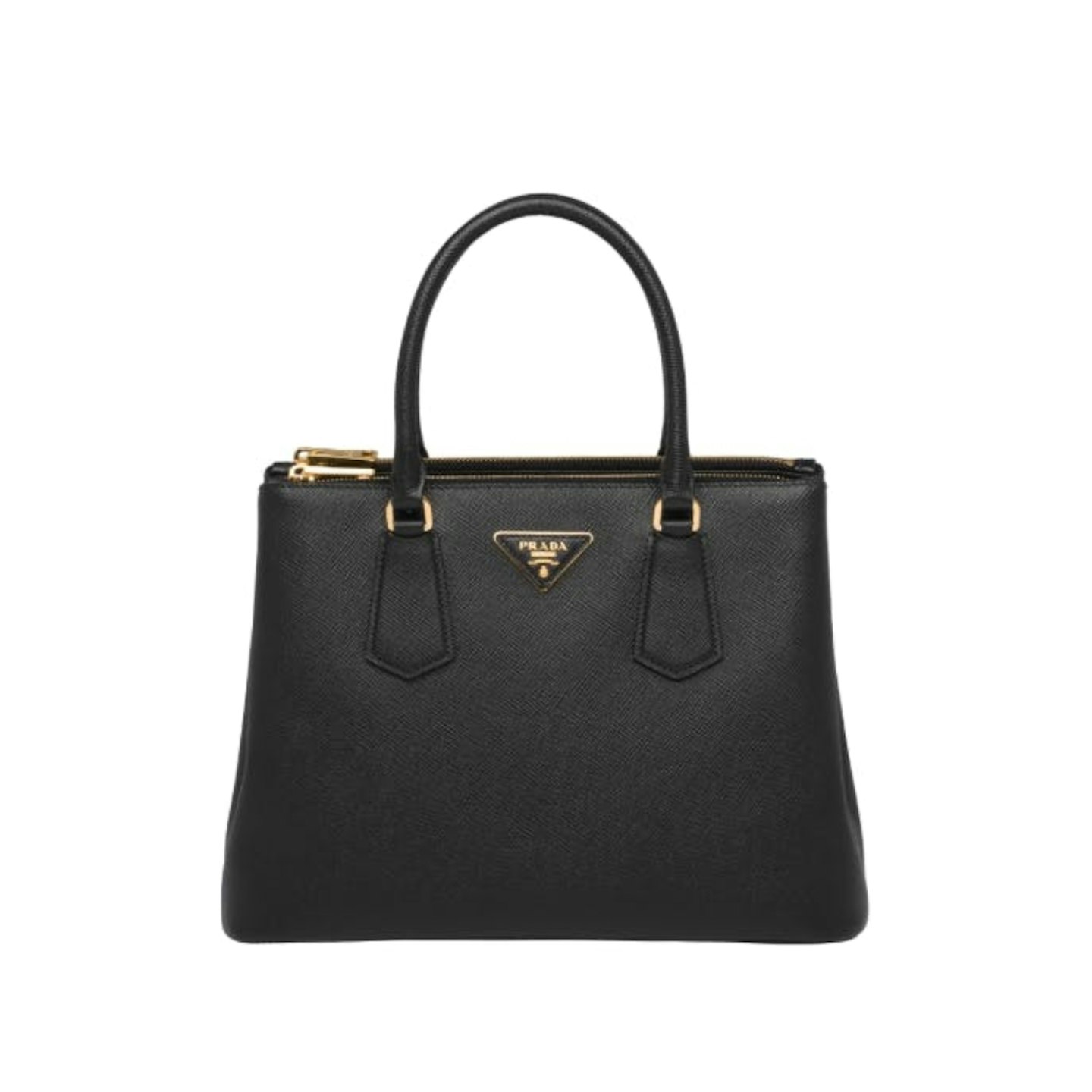
www.prada.com
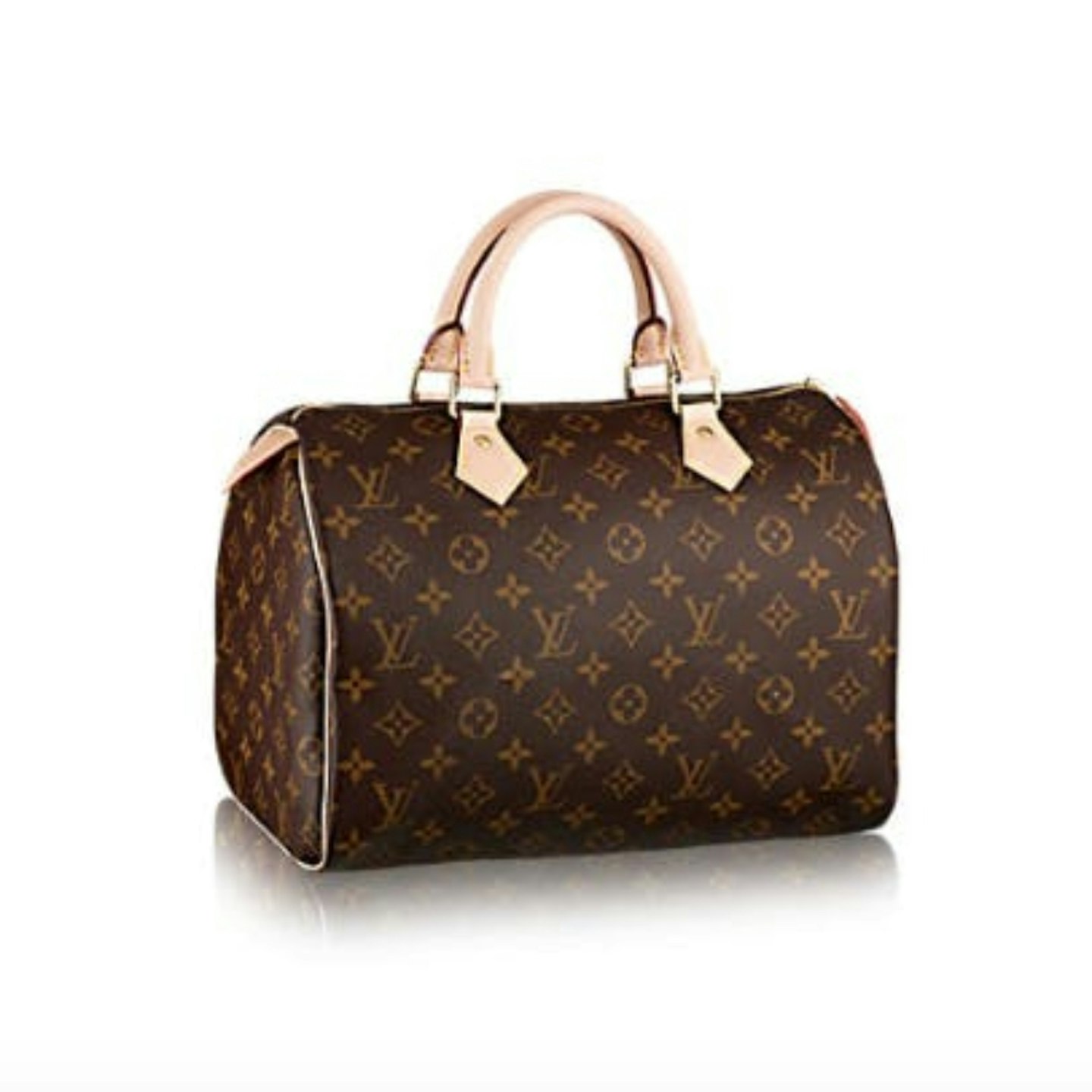
uk.louisvuitton.com
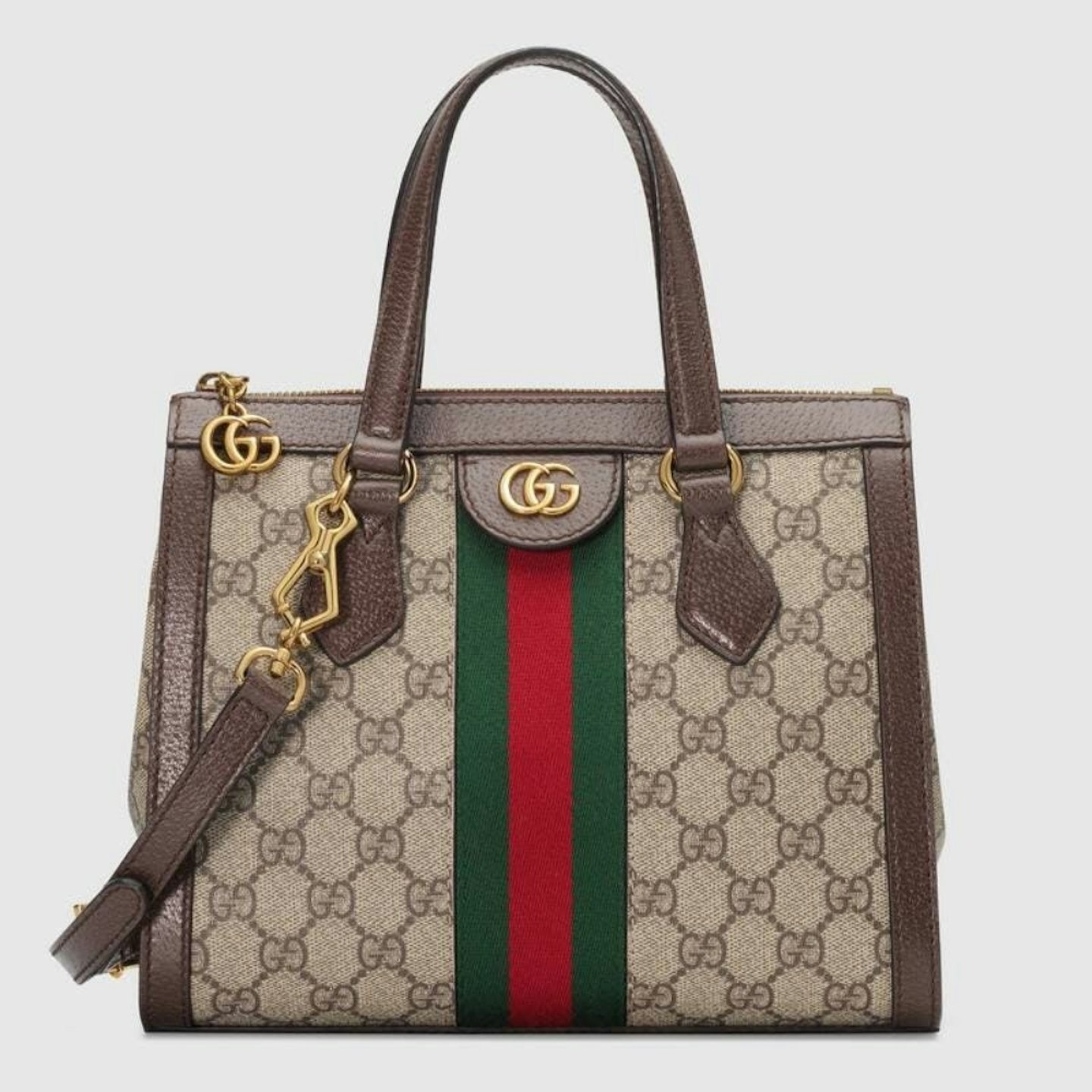
www.gucci.com
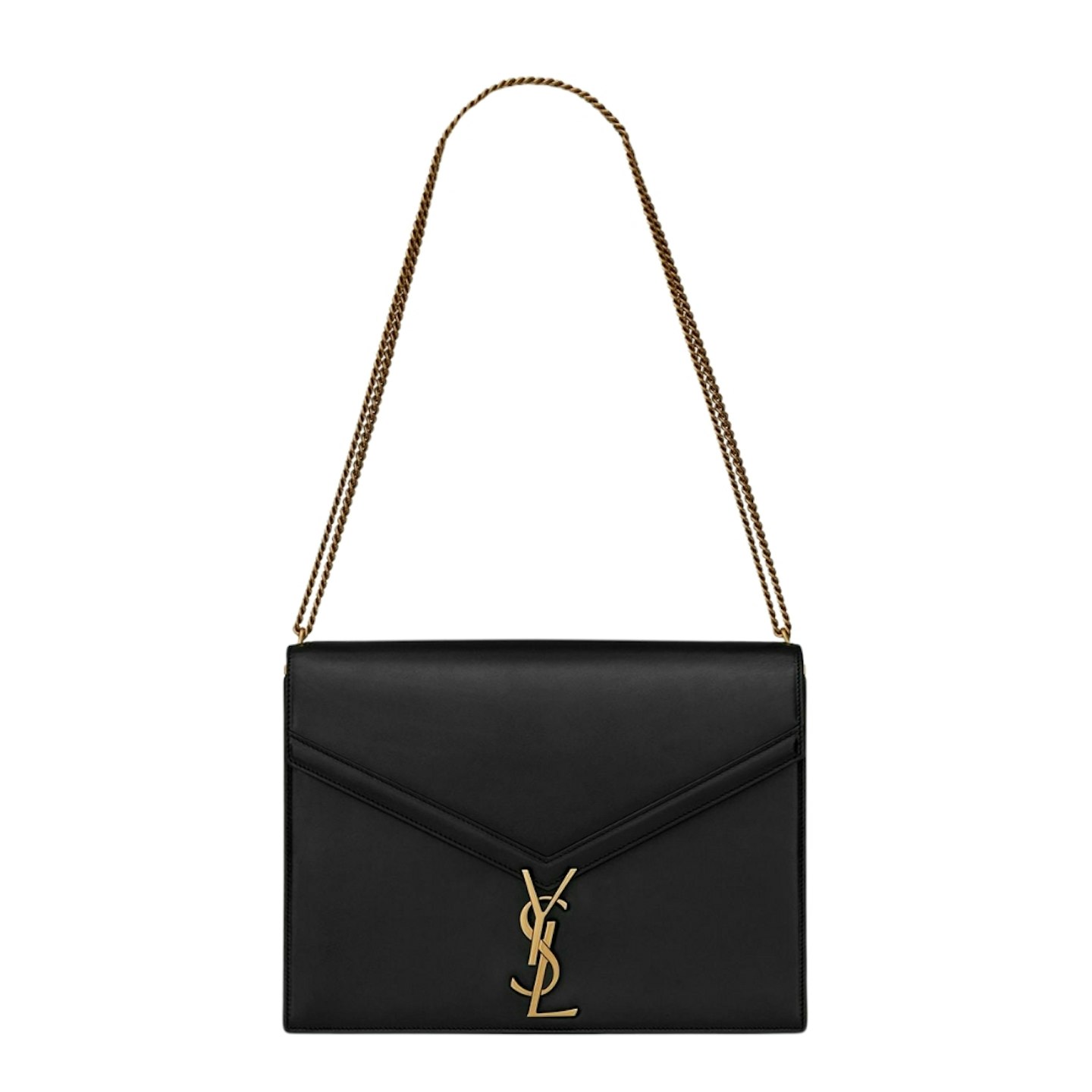
www.ysl.com
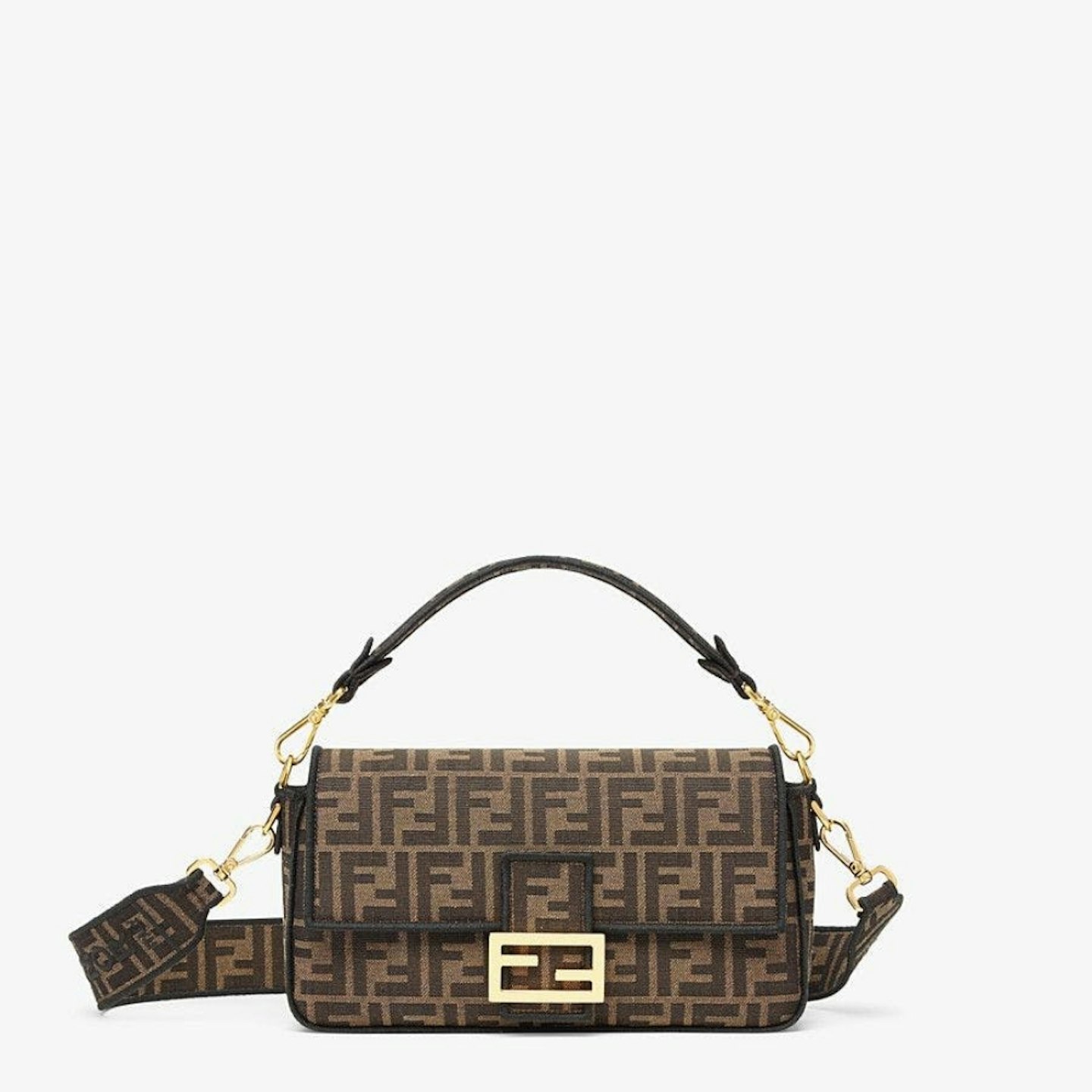
www.fendi.com
10.
Dior, Saddle bag
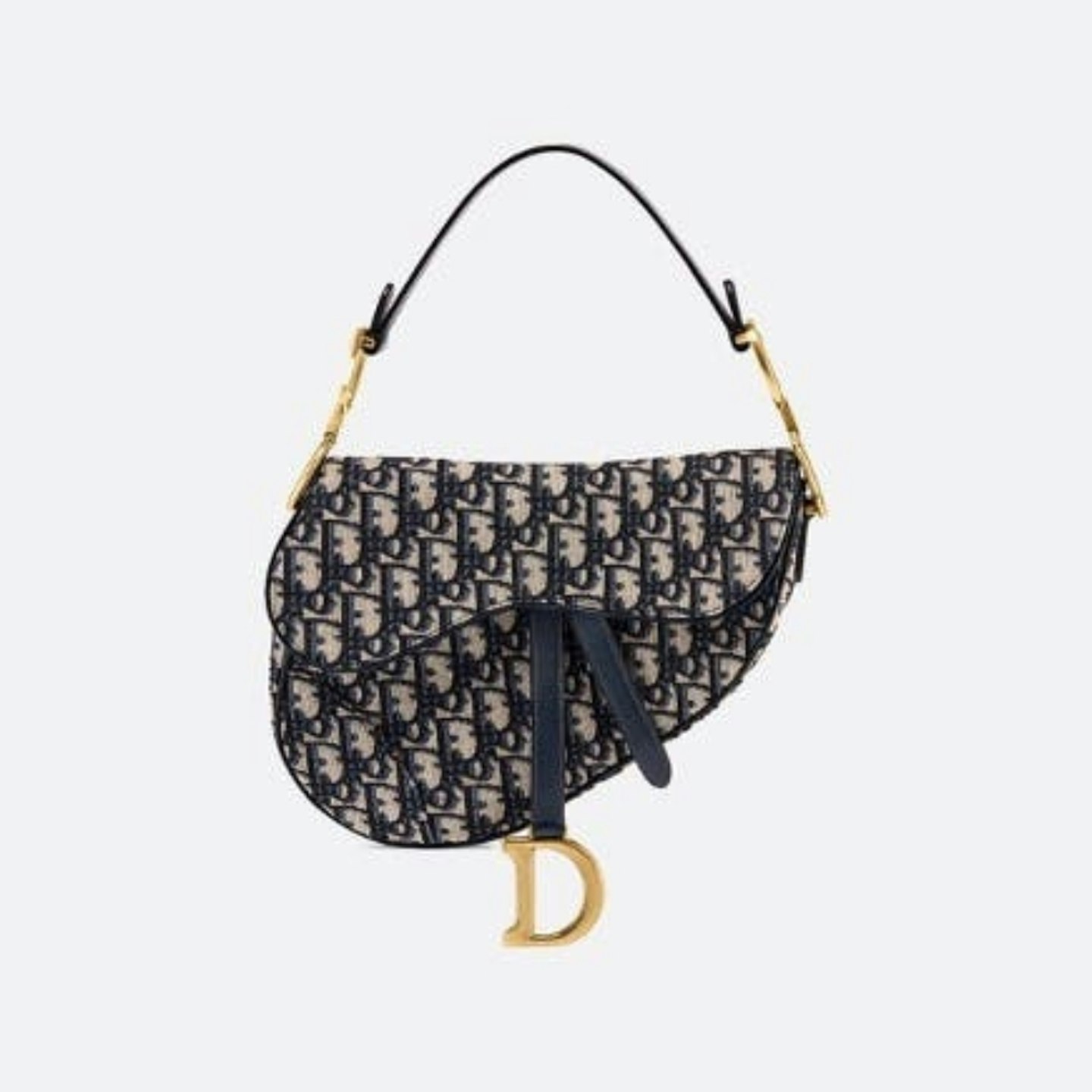
www.dior.com
11.
Celine, Trio Bag

www.celine.com
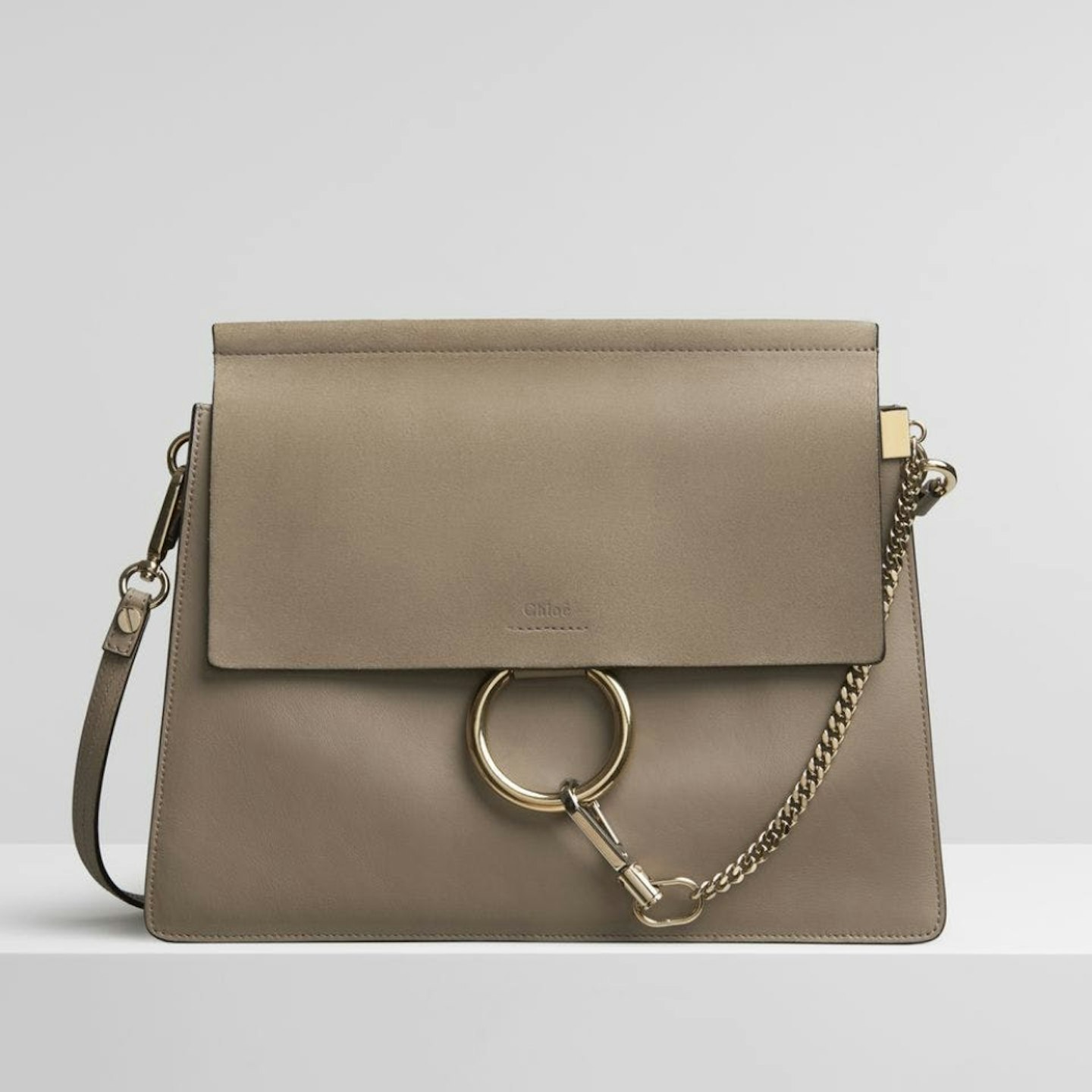
www.chloe.com
